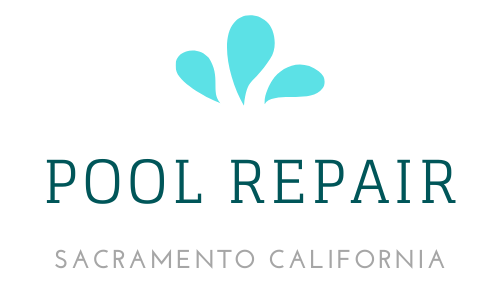A swimming pool is a valuable addition to any Sacramento home, providing a refreshing escape from the scorching summer heat and a source of entertainment and relaxation. However, as the years go by, even the most well-maintained pools may start showing signs of wear and tear. That’s where pool resurfacing comes into play. In this blog, we’ll explore the benefits of pool resurfacing, the costs involved, and everything you need to know about this essential maintenance process.
The Importance of Pool Resurfacing
Over time, the plaster or finish of your pool can deteriorate, leading to various issues such as rough surfaces, staining, and water loss. Pool resurfacing is the process of applying a new layer of plaster, quartz, pebble, or other finishing materials to restore the appearance, functionality, and safety of your pool. Here are some compelling reasons why pool resurfacing is a critical maintenance task:
- Enhanced Aesthetics: A freshly resurfaced pool can transform your backyard, making it look like new. You can choose from a range of finishes and colors to create a pool that matches your style and complements your outdoor living space.
- Improved Comfort: Worn-out or rough pool surfaces can cause discomfort to swimmers. Pool resurfacing results in a smooth, comfortable finish that enhances your swimming experience.
- Prevention of Structural Damage: Pool surfaces that are deteriorating can lead to leaks and structural problems. Resurfacing can help prevent these issues, saving you from costly repairs in the future.
- Increased Durability: The new finish applied during resurfacing is durable and resistant to staining, algae growth, and other forms of damage. This means fewer maintenance tasks and a longer lifespan for your pool.
- Water Conservation: Cracks and leaks in your pool surface can lead to water loss. Resurfacing seals any existing leaks, helping you conserve water and reduce water bills.
- Enhanced Safety: A well-maintained pool surface is less likely to pose safety hazards. Rough or damaged surfaces can cause accidents, so resurfacing contributes to a safer swimming environment.
The Pool Resurfacing Process
The pool resurfacing process involves several key steps:
- Draining the Pool: The first step is to drain the pool completely, ensuring that no water remains.
- Preparation: The pool surface is carefully prepared by removing any loose or damaged plaster. This step may also involve repairing cracks or structural issues.
- Applying the New Finish: Once the surface is prepared, the new finish material is applied. Popular options include plaster, quartz, and pebble finishes. The choice of material depends on your preferences and budget.
- Curing: After application, the new finish needs time to cure properly. This typically takes several days, during which the pool must remain empty.
- Filling the Pool: Once the curing process is complete, the pool is filled with water, and the chemical balance is adjusted to ensure water quality and safety.
Factors Affecting Pool Resurfacing Costs
The cost of pool resurfacing in Sacramento can vary widely depending on several factors:
- Size and Shape: The dimensions and shape of your pool will have a significant impact on the cost. Larger or uniquely shaped pools require more material and labor, increasing the overall cost.
- Choice of Finish: The type of finish you select for your pool resurfacing will affect the cost. Quartz and pebble finishes tend to be more expensive than traditional plaster.
- Prep Work: If your pool requires extensive preparation work, such as crack repairs or structural fixes, this will add to the overall cost.
- Accessibility: The ease of access to your pool can also impact the cost. If your pool is located in a hard-to-reach area, it may require additional labor, increasing the overall cost.
- Contractor Experience: The level of experience and expertise of the contractor you choose can affect the cost. Highly skilled contractors may charge more for their services, but they often provide better-quality work.
Benefits of Hiring a Professional
While some homeowners may consider DIY pool resurfacing to save money, it’s a task best left to the professionals. Here’s why:
- Experience and Expertise: Professional pool resurfacing contractors have the knowledge and experience to handle the process correctly, ensuring a smooth and long-lasting finish.
- Access to Quality Materials: Professionals have access to high-quality resurfacing materials that may not be readily available to homeowners.
- Time Savings: DIY pool resurfacing is a time-consuming task that can lead to delays and errors. Professionals can complete the job efficiently, saving you time.
Conclusion
Pool resurfacing is an essential maintenance task that can breathe new life into your Sacramento pool. It enhances aesthetics, comfort, and safety while preventing structural damage and water loss. While the cost of resurfacing may vary, hiring a professional is a wise investment that ensures a high-quality finish and long-lasting results. Don’t wait until your pool’s surface is in disrepair—consider pool resurfacing to revitalize your pool and make it a more enjoyable and functional part of your home.
Pool Repair Sacramento https://www.poolrepairsacramento.com/
